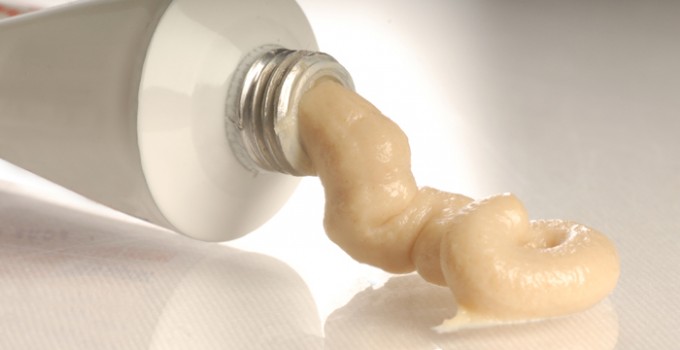IPS Compounding and Wound Care Benefits

Compounded medicine has several benefits for patients. Obviously, pain reduction is at the top of the list, Yet, there are several others. Today we will look at compounded medicine in regards to tissue healing, decreasing bioburden and vascular perfusion increase. If after reading this you have questions about your ointment or cream, please contact IPS Compounding. We can help.
Also, it may be helpful to review our post on the Four Stages of Wound Healing. Many of the terms and concepts presented in this post are further magnified with a proper understanding of the underpinnings and progression of wound healing.
Compounding allows for administration of specific medications (including anesthetics) to accomplish a number of things. For instance, they may be used to reduce pain. Additionally, antibiotics or antiseptics may be introduced to reduce bioburden (the number of bacteria living on a surface that has not been sterilized). Also, enzymes (like collagenase or urea) may be employed to debride the wound, while other medications may be used to stimulate processes like tissue granulation and growth factors (a result of effective vascular perfusion). They could even be used to enhance moisture and provide balance for the wound healing environment (crucial for curing warts).
Examples of Specific Medications for Each Process
Some examples of medications that could be used to heal a wound include:
- Phenytoin (Dilantin, Pfizer): Tissue granulation which promotes granulation tissue formation
- Misoprostol (Cytotec, Pfizer): Accelerates wound healing
- Metronidazole (Flagyl, Sanofi Aventis): Provides antimicrobial effects
- Nifedipine (Procardia, Pfizer): Increases vascular perfusion
Although each of these can be prescribed and used individually, one topical medication can produce multiple benefits simultaneously. Again, your doctor will determine the specific components of your compounded medication based on your needs. No two compounded topical medications are alike.
In addition, other components can be integrated into your gel, ointment or cream in an effort to reduce pain and increase blood flow. Ingredients like lidocaine and tea tree oil are effective at reducing pain and having an antifungal, antibacterial or anti-inflammatory effect. Furthermore, something like pentoxifylline could be used to improve blood viscosity. Incidentally, it works synergistically with calcium channel blockers. As a result, blood flow is increased to the wound.
IPS Compounding: Your Solution for Wound Healing Topicals
In conclusion, there are many prescription medications your doctor could prescribe to aid wound healing. Individually, they work on a specific stage of the wound healing process. However, benefits can be stacked if any of these medications are compounded into one topical cream. And while we covered wound care benefits as they relate to healing, there are other ancillary benefits which are just as attractive. For instance, a tube of compounded ointment or cream is much easier to keep up with than several different medications. Instead of fumbling with several bottles, you have one item to keep up with
Also, in many cases, compounded medication is cheaper. In fact, this is one of the reasons we are unique. IPS Compounding offers a standard list of budget friendly compounded medications. Contact our specialist today and see how much you could be saving! Our staff are friendly, knowledgeable and attentive.
We want to hear your questions or concerns. Yet, most importantly, we want to arm you with the best information to keep you informed. Together, we can make sure your body is best positioned to heal properly. Real people, Real value and Real solutions. It’s what we do every day.

